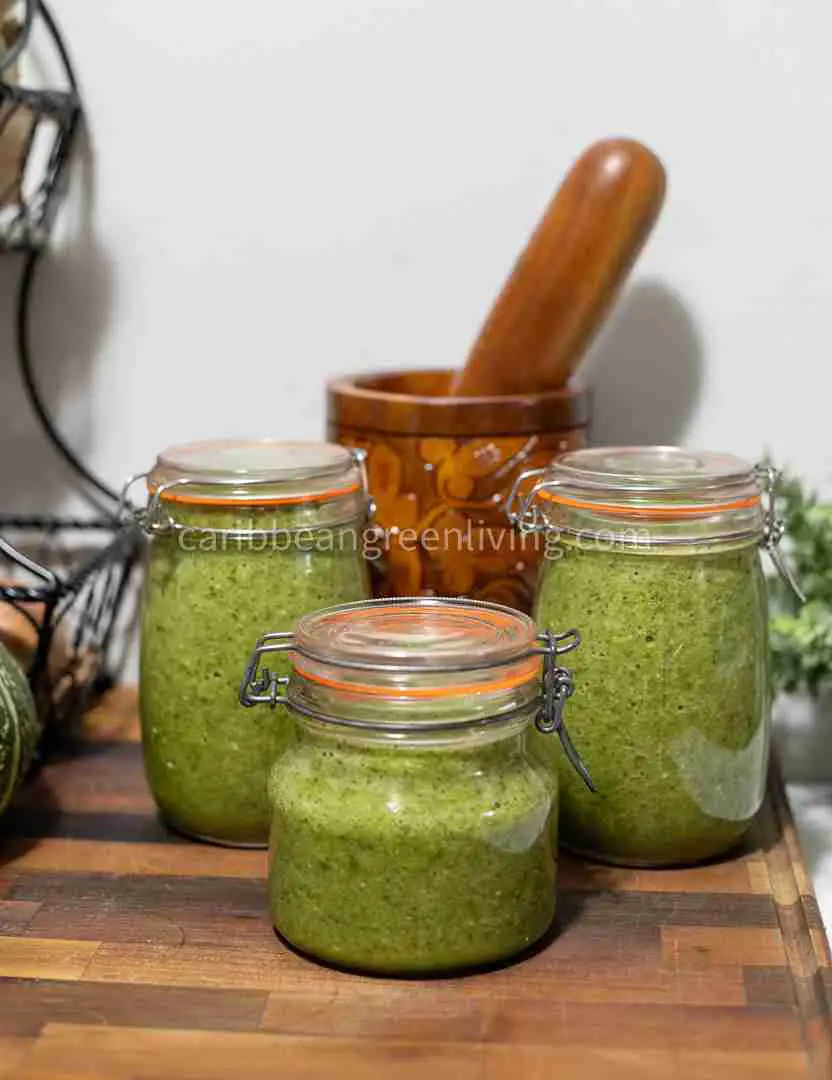An easy and simple way to clean fish
Not everyone likes to clean fish. Fresh fish is a fantastic addition to any diet, packed with nutrients that support a healthy immune system and help prevent illness. But sometimes, the thought of cleaning a whole fish can put people off. Here’s the good news: cleaning fish is easier than you think!
The Benefits of Fresh Fish
- Rich in Nutrients: Fish is an excellent source of protein, omega-3 fatty acids, vitamin D, and other essential nutrients.
- Boosts Immunity: Regular fish consumption can strengthen your immune system, helping you fight off illness.
- Variety of Choices: Explore various flavors and textures from different fish varieties.
Buying Fresh Fish:
Feeling overwhelmed by the fish selection at the market? Here’s a quick guide to choosing the perfect fish:
- Do Your Research: Decide on the type of fish you want to cook. This will help you navigate the selection.
- Know Your Types: Explore resources like CookingLight.com to learn about different fish varieties categorized by color and oil content.
- Freshness First: Look for bright, clear eyes, firm and shiny flesh, vibrant colors, and moist (not slimy or dry) gills. The fish should have a mild, fresh scent.

How to Buy Fresh Fish
This can be an intimidating step for anyone. Looking at hundreds of fish and not knowing which one to buy can be overwhelming. Here’s what you need to do:
- Research the kind(s) of fish you want to buy, cook and eat. Here’s an excerpt from CookingLight.com about the different types of fish:
- Dark and oil-rich: anchovies, bluefin tuna, grey mullet, herring, mackerel (Atlantic, Boston, or King), Salmon, farmed or King (Chinook), sardines, skipjack tuna
- White, lean, and firm: Alaska pollock, catfish, grouper, haddock, Pacific cod, Pacific halibut, Pacific rockfish, Pacific sanddab & sole, striped bass (wild and hybrid), swordfish
- Medium color and oil-rich: amberjack, Arctic char, Coho salmon, Hawaiian kampachi, mahimahi, paddlefish, pompano, Sockeye Salmon, wahoo, yellowfin tuna
- White, lean, and flaky: Atlantic croaker, black sea bass, branzino, flounder, rainbow smelt, red snapper, tilapia, rainbow trout, weakfish (sea trout), whiting
- White, firm, and oil-rich: Atlantic shad, albacore tuna, California white sea bass, Chilean sea bass, cobia, lake trout, lake whitefish, Pacific escolar, Pacific sablefish, white sturgeon
https://www.eatingwell.com/
- Once you know the type of fish you want to buy, visit your fish market and start browsing. I would recommend purchasing a sea bass, red snapper, or bronzini. These types of fish are easy to clean and easy to cook.
- Let’s not be afraid of touching the fish. Y
- It would be best if you looked for freshness by making sure that the eyes are clear and not cloudy.
- The flesh must be firm to the touch and shiny.
- The fish must be bright in color and not look dull.
- The gills must not be slimy or dry, and lastly.
- Make sure the fish doesn’t smell bad or have a foul order. The fish should smell fresh, like the freshwater from where it came.
Now that we have gone through the different types of fish let’s dive into cleaning fish.
The Simple Art of Cleaning Fish:
The plastic bag method is a technique I use very often when the fish is the right size. By size, I mean small to medium size fish. Here are the tools you will need to clean your fish:
- A large bowl or bucket, if preferred
- A large clear bag or large Ziploc bag
- A fish scaler or a knife
- Kitchen shears
- Cutting board
- Vinegar spray bottle
- Platter or bowl for cleaned fish
- Gloves, if preferred.
Cleaning Steps:
- Gutting: Lay the fish on the cutting board. Gently insert the knife tip near the anal opening and run it up towards the head, opening the belly cavity. Remove entrails and anus (a spoon can help).
- Bagging: Place the fish inside the bag. If using, put the bag with the fish in the bowl.
- Scaling: Using the fish scaler or knife, remove all scales while the fish is inside the bag. This helps contain the mess.
- Finishing Touches: Remove the head if desired, then rinse the fish thoroughly. Spray with vinegar for extra cleaning.
- Clean Up: Remember to disinfect your sink, countertop, cutting board, knife, and shears after handling the fish. Dispose of the bag, guts, fins, and scales properly.

The Bag Method: A Cleaner Fish Cleaning Experience
I prefer using a bag to scale and clean fish because it simplifies the process. The scales are contained within the bag, preventing them from scattering everywhere. Additionally, I can easily discard the entrails and fins into the same bag.
The Importance of Proper Fish Cleaning
To prevent the spread of bacteria and cross-contamination, it’s essential to thoroughly clean and disinfect your sink, countertop, cutting board, knife, and kitchen shears after handling fish. All tools used for cleaning should be disinfected and cleaned. Discard the bag, guts, fins, and scales promptly and properly.
Fish-Specific Tips
Cleaning Salmon
- Skin removal: Salmon skin can be slippery. Use a sharp knife to make a slit behind the gills and gently pull the skin away from the flesh.
- Pin bones: Salmon has a lot of pin bones. Use a pin bone remover or your fingers to extract them carefully.
Cleaning Tuna
- Firm flesh: Tuna has firm flesh, making it easier to handle.
- Bloodline: Remove the bloodline, a dark line running through the center of the tuna steak. This can affect the flavor.
Cleaning Shellfish
- Shucking oysters: Use a shucking knife to pry open the oyster’s shell.
- Cleaning mussels: Scrub the mussel shells with a brush to remove any dirt or barnacles.
- Removing crab meat: Use a crab mallet to crack the shell and carefully extract the meat.
Dealing with Bony Fish
- Pin bones: Use a pin bone remover or your fingers to carefully remove pin bones.
- Rib bones: For fish with larger rib bones, cut the fillets into smaller pieces to make it easier to remove them.
- Filleting techniques: Practice filleting techniques to minimize the number of bones in your fillets.
Preparing Fish for Smoking or Curing
- Removing scales: Ensure all scales are removed to prevent a fishy taste.
- Salting: For curing, salt the fish to draw out moisture and preserve it.
- Drying: For smoking or curing, allow the fish to dry for a period before smoking or curing.
- Smoking: Use a smoker to cook the fish with smoke, adding flavor and preserving it.
By following these fish-specific tips, you can confidently clean and prepare a variety of fish for your culinary adventures.

Kitchen Safety: Handling Fish
Preventing Foodborne Illnesses
- Wash hands: Wash your hands thoroughly with soap and water before and after handling fish.
- Clean surfaces: Disinfect your cutting board, utensils, and sink to prevent cross-contamination.
- Separate raw and cooked food: Keep raw fish away from cooked food to avoid contamination.
- Cook fish thoroughly: Cook fish to the recommended internal temperature to kill harmful bacteria.
Safe Knife Handling
- Sharp knives: Use a sharp filleting knife to make clean cuts and reduce the risk of accidents.
- Proper grip: Hold the knife firmly with your thumb and fingers on the handle.
- Cut away from your body: Always cut away from your body to avoid injuring yourself.
- Use a cutting board: Never cut directly on your countertop. Use a stable cutting board.
First Aid for Fish-Related Injuries
- Minor cuts: Wash the cut with soap and water, apply an antiseptic, and cover with a bandage.
- Fish spines: If a fish spine becomes embedded in your skin, seek medical attention to have it removed.
- Allergic reactions: If you experience symptoms of an allergic reaction to fish, seek medical help immediately.
By following these kitchen safety guidelines, you can ensure a safe and enjoyable experience when handling and preparing fish.
Cooking with Fish: A Flavorful Adventure
Basic Fish Cooking Methods
- Grilling: Grilling imparts a smoky flavor to fish. Choose firm-fleshed fish like salmon or tuna.
- Baking: Baking is a gentle cooking method that keeps fish moist. Perfect for flaky fish like cod or haddock.
- Pan-frying: Pan-frying creates a crispy crust on fish. Best for thin-cut fillets or smaller fish.
Fish Recipes
- Grilled Salmon with Lemon and Herbs: Drizzle salmon with lemon juice and sprinkle with fresh herbs before grilling.
- Baked Cod with Parmesan and Lemon: Top baked cod with a Parmesan cheese crust and a squeeze of lemon.
- Pan-fried Tilapia with Cajun Seasoning: Season tilapia with Cajun seasoning and cook in a hot skillet for a flavorful meal.
Pairing Fish with Sides and Sauces
- Salmon: Pair with roasted vegetables, quinoa, or a creamy dill sauce.
- Cod: Serve with mashed potatoes, steamed broccoli, or a light white wine sauce.
- Tilapia: Enjoy with rice, sautéed spinach, or a spicy mango salsa.
Flavor Combinations
- Citrus and Herbs: Lemon, lime, dill, parsley, and cilantro complement fish well.
- Spicy: Add heat with chili peppers, hot sauce, or spicy seasonings.
- Creamy: Pair fish with creamy sauces like tartare sauce, hollandaise sauce, or aioli.
- Sweet and Savory: Balance flavors with sweet ingredients like honey, maple syrup, or fruit.
Experiment with different cooking methods, recipes, and flavor combinations to discover your favorite ways to enjoy fish. With a little creativity, you can create delicious and healthy meals that will impress your taste buds.

Sustainability and Ethics in Seafood
Sustainable Seafood Choices
- Seafood Watch: Consult organizations like Seafood Watch for recommendations on sustainable fish choices.
- Ask your fishmonger: Many fishmongers are knowledgeable about sustainable seafood options.
- Choose wild-caught over farmed: In general, wild-caught fish are more sustainable than farmed fish.
- Avoid overfished species: Research and avoid fish species that are overfished.
Ethical Fishing Practices
- Dolphin-safe tuna: Choose tuna labeled as “dolphin-safe” to support ethical fishing practices.
- Support sustainable fisheries: Look for certifications like Marine Stewardship Council (MSC) to identify sustainable fisheries.
- Reduce bycatch: Choose fishing methods that minimize bycatch, the accidental capture of non-target species.
Reducing Food Waste
- Plan your meals: Avoid buying more fish than you need to reduce waste.
- Proper storage: Store fish properly to extend its shelf life.
- Leftovers: Use leftover fish in salads, sandwiches, or soups.
- Composting: Compost any leftover fish scraps that cannot be consumed.
By making sustainable and ethical choices, you can contribute to the health of our oceans and support responsible fishing practices.
Fun and Creative Fish Facts
Fish-Themed Puns and Jokes
- What do you call a fish with no eyes? Fsh!
- Why did the fish get arrested? He was caught with a stolen crab.
- What do you call a fish that’s always late? A tardy-grada!
Fish-Related Trivia and Facts
- The largest fish: The whale shark is the largest fish in the world.
- The smallest fish: The pygmy goby is the smallest fish in the world, measuring less than a quarter-inch long.
- Fish memory: Studies have shown that fish can recognize individual humans.
- Fish sleep: Fish do sleep, but their sleep is different from human sleep. They don’t close their eyes, but their metabolism slows down.
- Fish communication: Fish communicate with each other using a variety of methods, including body language, sound, and chemicals.
DIY Fish Cleaning Tools
- Homemade fish scaler: Use a piece of sandpaper or a metal scouring pad to create a homemade fish scaler.
- Bottle brush: A bottle brush can be used to clean the inside of fish.
- Ice cube tray: Use an ice cube tray to organize and store small fish parts.
- Toothbrush: A toothbrush can be used to clean hard-to-reach areas of fish.
By incorporating these fun and creative elements into your blog post, you can make it more engaging and enjoyable for your readers.
Now You’re Ready to Cook!
With a clean fish, you’re all set to explore delicious and healthy seafood recipes.
Bonus Tip: Don’t forget to check out the recipe ideas at this blog post’s end!
Originally published on March 8, 2021. Revised and updated.






